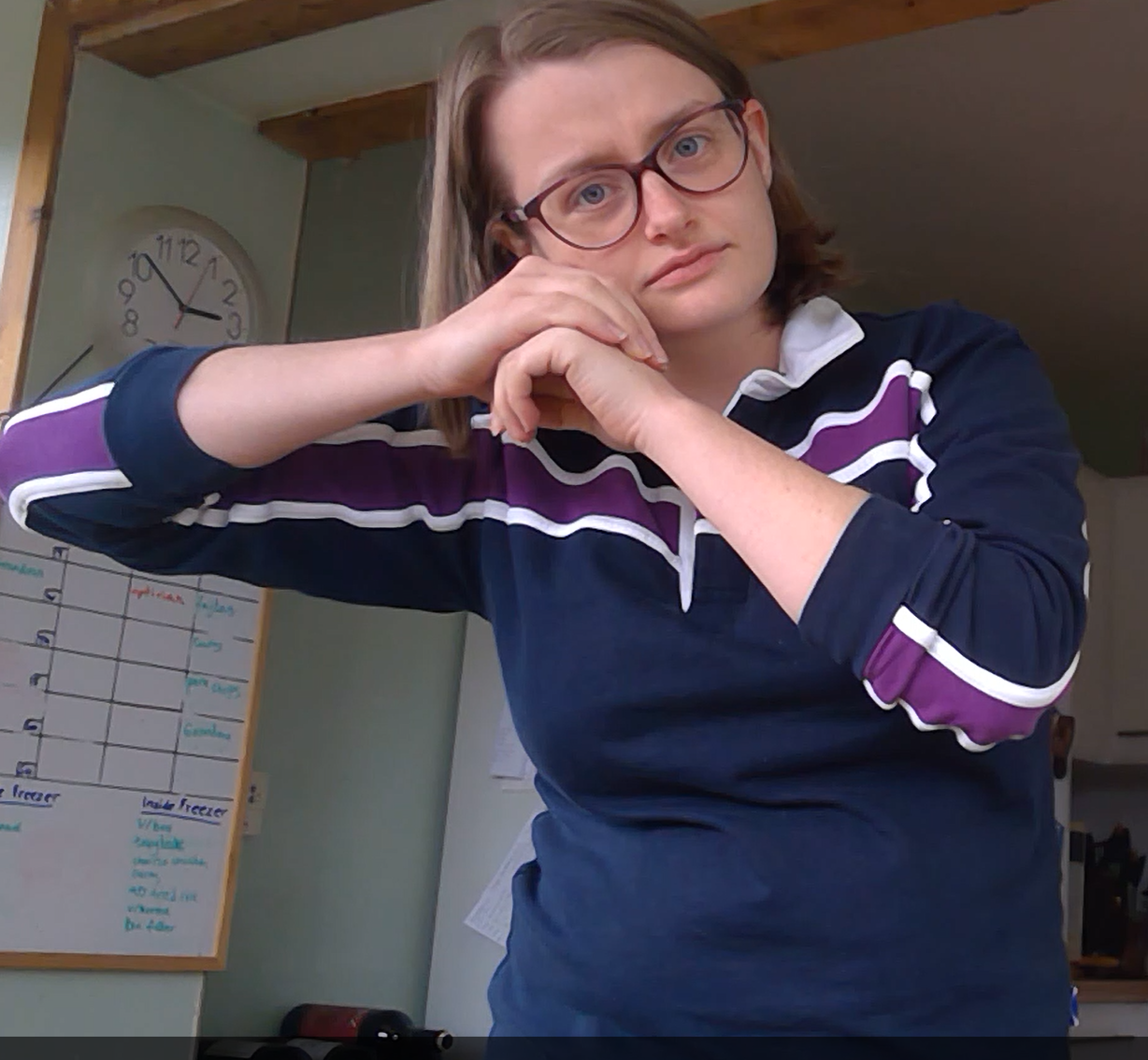This weeks input started with the lecture ‘How to avoid Killing Creativity’. As a student teacher, I feel excited by the prospect of teaching creatively but I worry that, once I begin my career, the practicalities of classroom management, paperwork and inspections may reduce my capacity for creativity.
Anna Craft (Craft, 2001) writes about creativity in a very reassuring way, making it seem achievable by anyone. She distinguishes between little ‘c’ and big ‘C’ creativity. The latter being associated with geniuses, experts in their field and eureka moments, whereas the former describes more everyday and ordinary creativity. Here attitudes are seen as important, particularly a playfulness and childlike approach to exploration and discovery. Small ‘c’ creativity requires practitioners to be willing to ‘stand back’ and learn from their pupils. This shared work of creativity, rather than the onus being entirely on the teacher, is quite comforting. If we see children as naturally creative, then it seems most important that we give space for that creativity. It is not then, necessary to reinvent teaching or be Picasso or Mozart.
Mihaly Csikszentmihalyi (Csikszentmihalyi, 2013) also allays the fears of those of us who do not consider themselves to be creative. Creativity is not necessarily something that someone is born with, although there are genetic predispositions, there are also other factors at play. It requires persistence and hard work. It is not always the story that is written in a day but the one which is redrafted multiple times, rethought and even restarted which proves to be most valuable.
This is reiterated in ‘ How Creativity Works’ (RSA, 2012 ). Although here creativity is talked about in the context of business and entrepreneurs, it is a good example of how creativity is a transferable skill and attribute. Another way describe the aforementioned factors which encourage creativity, is resilience or the ability to adapt and and overcome difficulties. Resilience is seen as a key to overall Health and Wellbeing (Education Scotland, 2010), therefore encouraging creativity in ourselves and others could have benefits out with the expressive arts.
This lecture was followed by a Drama input. We took a deeper look into how freeze-framing and thought tracking could be used across the curriculum. Somewhat surprisingly, I felt much less comfortable doing the activities by myself than if I were in a group at university. However, I took this as an opportunity to embrace and overcome these feelings of uncertainty and discomfort. I recognise that to grow and develop as a teacher, I need to leave my comfort zone. Tom Senninger refers to this as entering the learning zone, where things may feel uncomfortable or unfamiliar but where the potential for learning is at its greatest. (Senninger as cited in Perruci et al., 2018)
I did not recognise the picture, nor did I know exactly what was being depicted. However, trying to gauge and express the emotions I perceived allowed me to feel a sense of loss, longing and despair. When I later learned the title of the painting and its inspiration being the Highland clearances, I was able to connect with people who existed hundreds of years ago. I can see many applications for the workshop in drama and out with it. It could be used for health and wellbeing to develop language for feelings and emotions. Or it could be an excellent activity to integrate topic work with literacy. Children could write a poem, story or news report about the experiences of the people in the painting. It could also be used as a way of discussing and understanding the contemporary experiences of refugees.
Drama was followed by an introduction to Charanga Music. Having access to a resource of this kind is an excellent way to boost the confidence of both practising and student teachers. Although I can read music and know some very basic keyboard skills, I do feel a little daunted at the prospect of teaching music.
I was lucky enough, while on placement last year, to see this resource being used in school with a primary two/three composite class. The children each sat at a xylophone and played together as a group.
From this experience, I could see some of challenges that arise when using this resource. The children were very excited to play the instruments and found it difficult to not give into their impulses. The children were handed beaters at the beginning of the lesson, this made it very tempting to play with the instruments and explore sounds. The aim of the lesson however, was to play a piece of music as a group by reading formal notations.
These difficulties could be alleviated by spending a short time at the beginning of class establishing standards of behaviour and the consequences of not following instructions. I would also review the previous learning of what different notations signify by asking the children to clap the rhythm. I would ask the children to point to the bars which correspond with the notes. Once all this had been done, only then would I hand out the batons and begin the practical instruction.
Having the opportunity to fully explore all that is offered by Charanga I feel much more confident and excited to teach music.
References
Craft, A., Jeffrey, B., Leibling, M. 2001. Creativity in Education. London: A&C Black
Csikszentmihayli, M. 2013. Creativity: The psychology of discovery and invention. New York: Harper Perennial.
Education Scotland. 2010. Curriculum for excellence: health and wellbeing experiences and outcomes. Available at: https://www.education.gov.scot/Documents/health-and-wellbeing-eo.pdf (Accessed 15 October 2020)
Perruci, G. and Hall, S., 2018. Teaching Leadership. 1st ed. Cheltenham: Edward Elgar Publishing Ltd, pp.83–115.
RSA 2012 How Creativity Works- Jonah Lehrer. 16 May. Available at: https://www.youtube.com/watch?v=Ufnp89NOreI&feature=youtu.be (Accessed: 15 October 2020).


